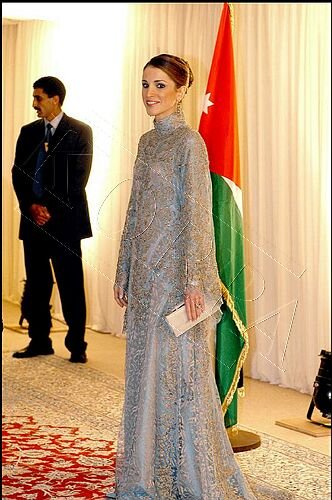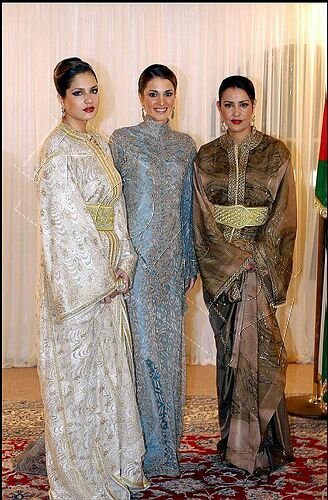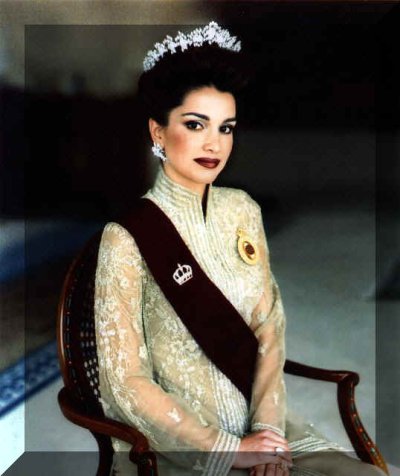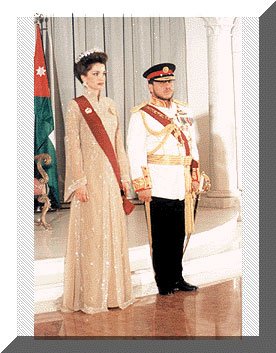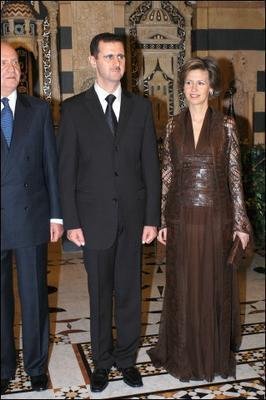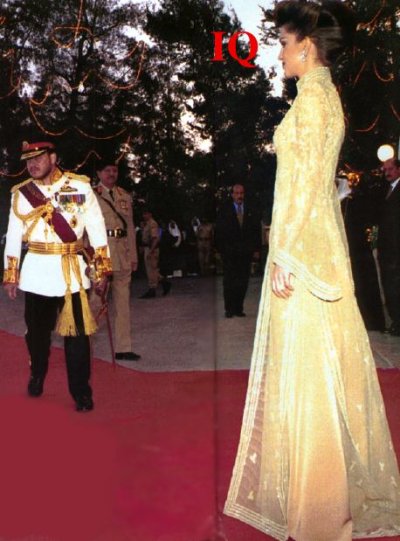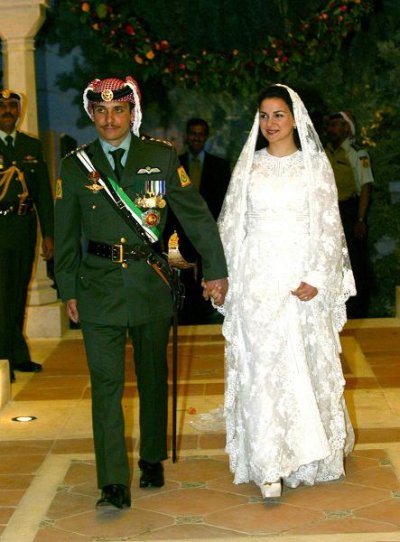Article originally posted by Rosa - part II (English translation):
Such is certainly the case for Europe, but not for Africa. The fertile Crescent was not the only pole of civilization. The central Sahara was another. If to think Africa, it is to join the search of the origins of the man, to think the Sahara, it is to join that of the civilisationnelles origins. The economic and cultural innovations which were born to with it, sometimes front even those of the Middle East, like the invention of the pottery, for example, and of a whole funds symbolic system and mythological, played the part of a civilisationnelle matrix which brought progress and spirituality to the men both to Africa and on banks of the Mediterranean. Today, more and more, it appears that funds cultural African, in the center of this vast Sahara, was not without influence on its outlying areas, and in particular certain cultures of the valley of the Nile. This work is in chronological and historiographic continuity precedent; it defends the same developing principles of rewriting of the history. It tells primarily the history of the first Berber ones of the Sahara, since their appearance in the last millenia of prehistory until the day before of Islam while passing by Antiquity. They are initially Protoberbères of prehistory, these elegant pastors and hunters, then, Paléoberbères, Libyens and Garamantes of Antiquity, riders and highly skilled drivers of tanks. Their successors of medieval and modern times, the large camel drivers Sanhadja, the future Tuaregs, supplement the long historical advance of this group which will resist all the adversities. More testing was that to survive the roughness of the desert where the choice to remain free, often, guided it. In the Sahara, the reconstitution of this long historical advance owes almost all with archaeology, and in particular with rupestral art, like the monuments of these old Berber. It also owes it with invaluable testimonys of the art and the chronicles of predynastic and Pharaonic Egypt, of the graeco-latin authors, with historical elements emanating from the Middle East, the Aegean world, the Carthaginian and Roman empires. The first Berber ones of the Sahara did not live not insulated in their rocks: they were not unaware of the tumult of the Mediterranean world and often took part in it, going sometimes until endangering powerful Egypt of the Pharaons and to chair the destiny of this empire. We could not describe Protoberbères of the Sahara without us to find confronted with the fundamental question of the appearance of Berber, knowing that the oldest traces of these people are in the Maghreb. Today, the broad outline of a synthetic theory of the origins of Berber takes shape by the convergence of three disciplines to which we will have successively recourse: human paleontology, historical linguistics and archaeology (the future will require that a third way is exploited, that of the genetics). The data of these disciplines contribute more and more to show that the berberity emerges in the Maghreb, there are approximately... 11 000 to 10 000 years! If, as we will see it, the close relation-Eastern origin which one lengthily lent to Berber is null and void today, that of their identity and their culture is undoubtedly indigenous. For our part, we will defend a more moderate position: the most remote ancestors of Berber are of pure African stock, but they are already mixed. The ones, Mechtoïdes, are strictly autochtones of the Maghreb; the others, Protoméditerranéens Capsiens, arrived on banks of the Mediterranean at one time if moved back of prehistory that to put the question to know if they are foreign or not loses all its direction. These two groups will interpenetrate anthropologiquement and culturally so much so that one can affirm that the berberity as an identity and a culture was forged on the ground of North Africa and nowhere elsewhere.

.
